
Erdogan says Turkey may part ways with the EU. He implied the country could ends its membership bid
President Recep Tayyip Erdogan says that Turkey may part ways with the European Union
2023-09-16 20:55

People and pets seek shade and cool as Europe sizzles under heat wave that's only going to get worse
Scorching temperatures across Europe have forced the closure of the Acropolis in Athens for a second day
2023-07-15 23:16

Who made Logan Paul famous? WWE superstar claims he made YouTuber go viral, fans call him a ‘star’
Logan Paul shocked viewers by announcing his participation in Money in the Bank but many fans think he will not win the briefcase
2023-07-01 16:19

'Lahaina belongs to its people': Hawaii governor insists fire-ravaged Maui community will be rebuilt as search efforts continue
Amid concerns that speculators may snap up destroyed land, Hawaii Gov. Josh Green insisted Friday that the years-long undertaking of rebuilding Maui's historic Lahaina community will prioritize residents' desires over those of property developers.
2023-08-19 16:23

OSCE caught in tug-of-war between Moscow and West
Ministers of the world's largest regional security body are to meet Thursday in Skopje as the 57-member organisation faces its most serious crisis since its creation as tensions from...
2023-11-29 23:30

Polls open in Turkey's historic presidential runoff
Polls have opened in Turkey's presidential runoff as President Recep Tayyip Erdogan fights for a historic third term on Sunday.
2023-05-28 13:16
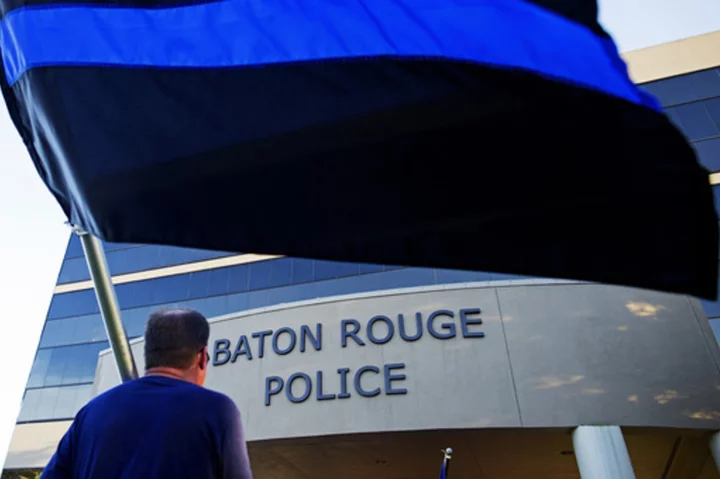
Baton Rouge officers charged for allegedly covering up excessive force during a strip search
The scandal-plagued Baton Rouge Police Department has arrested three of its own officers, including a deputy chief
2023-09-30 04:47

Nearly 1,000 Rohingya refugees arrive by boat in Indonesia’s Aceh region in one week
Almost 1,000 Rohingya Muslims from Myanmar have arrived by boat in Indonesia’s northernmost province of Aceh in the last six days
2023-11-20 20:53
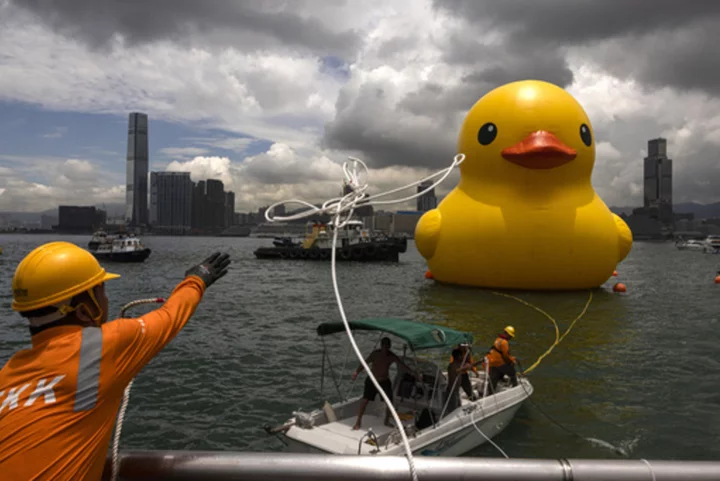
One of the 2 giant ducks in Hong Kong's Victoria Harbor deflates
One of the two giant inflatable ducks floating in Hong Kong’s Victoria Harbor has deflated, just a day after they were unveiled to revelers
2023-06-10 19:23
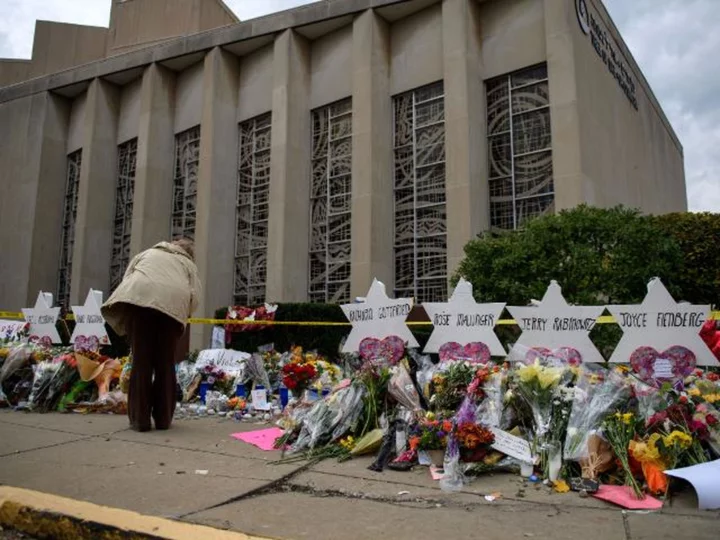
Opening statements begin in Pittsburgh synagogue mass shooting trial
Opening statements began Tuesday in the federal hate crimes trial of the man accused of fatally shooting 11 worshippers at a Pittsburgh synagogue in October 2018, the deadliest ever attack on a Jewish community in the US.
2023-05-30 22:28
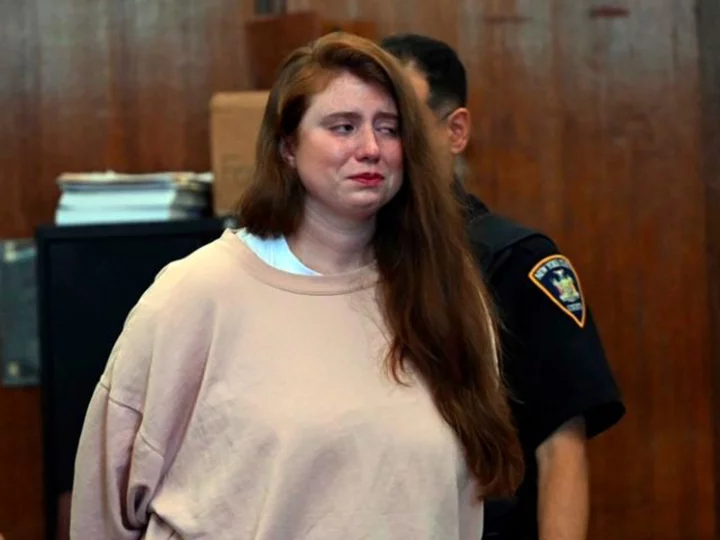
Woman who fatally shoved 87-year-old vocal coach to the ground in New York sentenced to 8 1/2 years in prison
The woman who fatally shoved an 87-year-old Broadway vocal coach in New York was sentenced to 8 1/2 years in prison and five years post-release supervision, a spokeswoman for the Manhattan District Attorney's Office confirmed to CNN.
2023-10-02 21:59
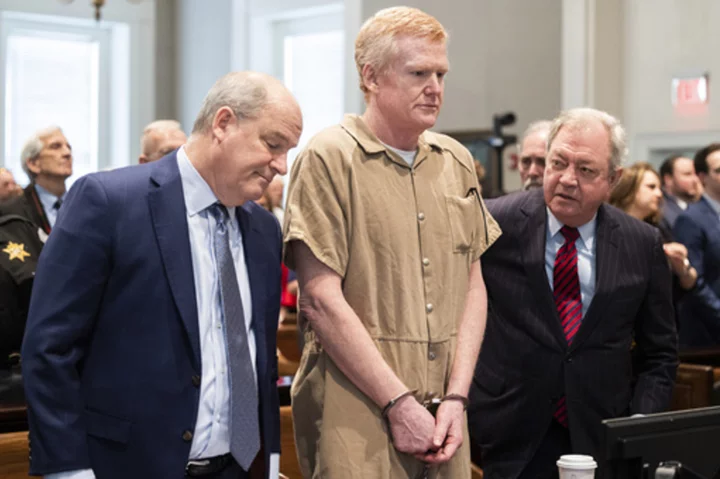
Appeals court allows Alex Murdaugh to argue for new trial because of possible jury tampering
An appeals court in South Carolina is allowing Alex Murdaugh to ask a judge to throw out his murder convictions and life sentence and get a new trial after his lawyers accused the court clerk in his trial of influencing the jury
2023-10-18 00:58
You Might Like...

Police release body camera footage of officer who fatally shot Texas outlet mall shooter

'It was hell': Hostage freed after years in Africa recounts ordeal and frustrations with US response
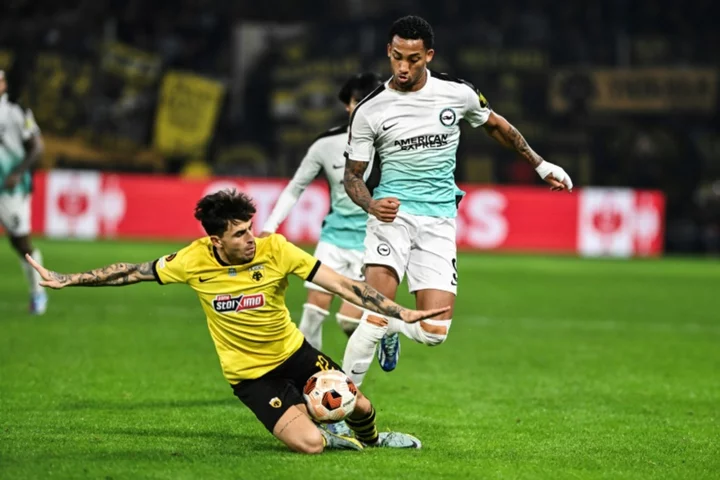
Liverpool power into Europa League last 16, Brighton reach knockouts
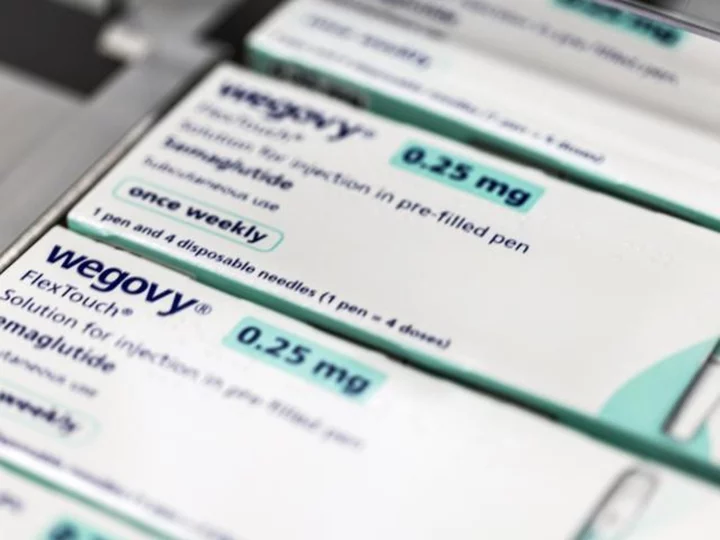
The maker of Wegovy and Ozempic is now Europe's most valuable company

Hilaria Baldwin claps back at 'cruel' trolls after Amy Schumer's 'sociopath' jab on Netflix special: 'It's a ridiculous thing'

Tom Kim emerges muddy in failed and viral bid to retrieve ball at PGA Championship

You winning yet? Allies' scepticism irritates Ukraine
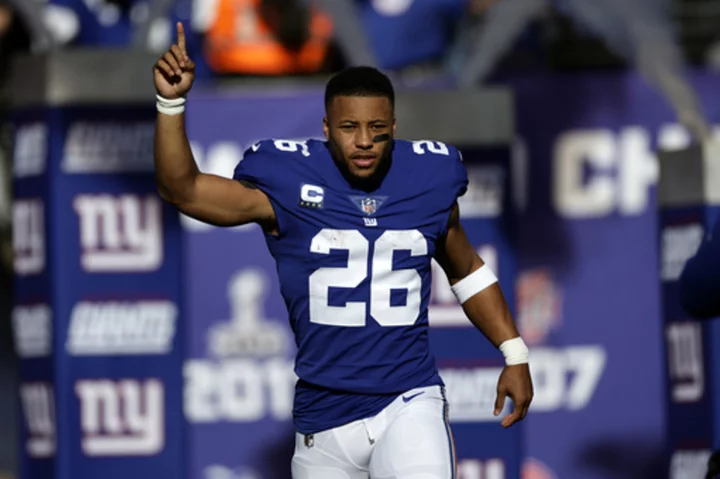
Saquon Barkley, Giants settle on 1-year deal worth up to $11 million, AP source says
